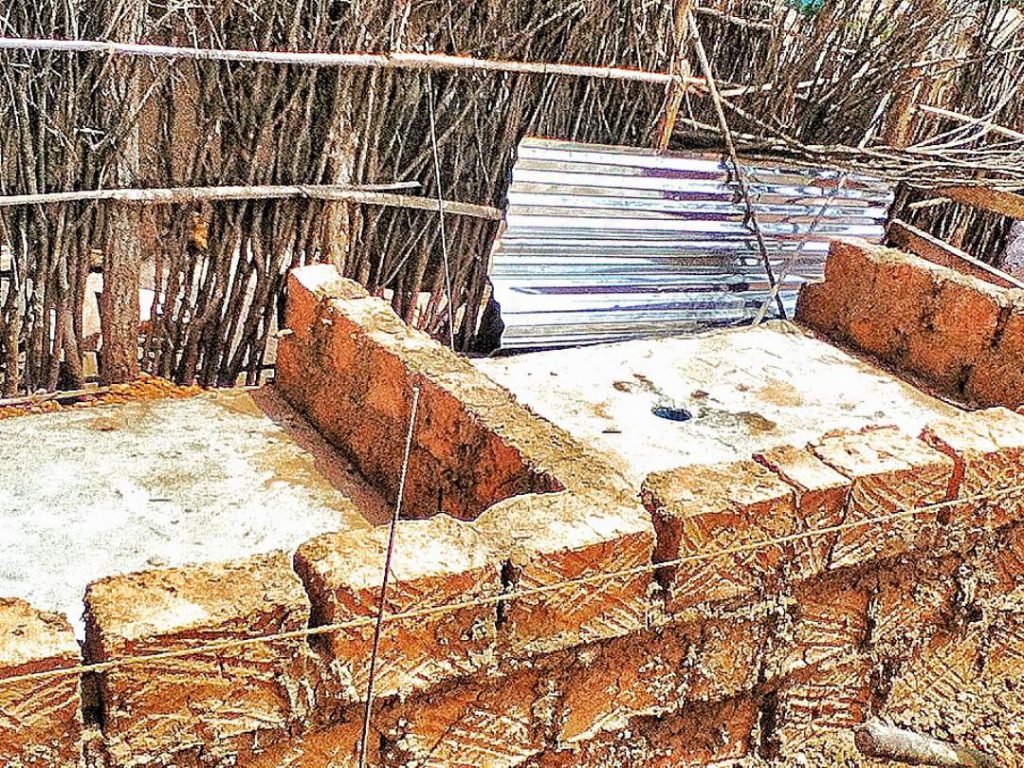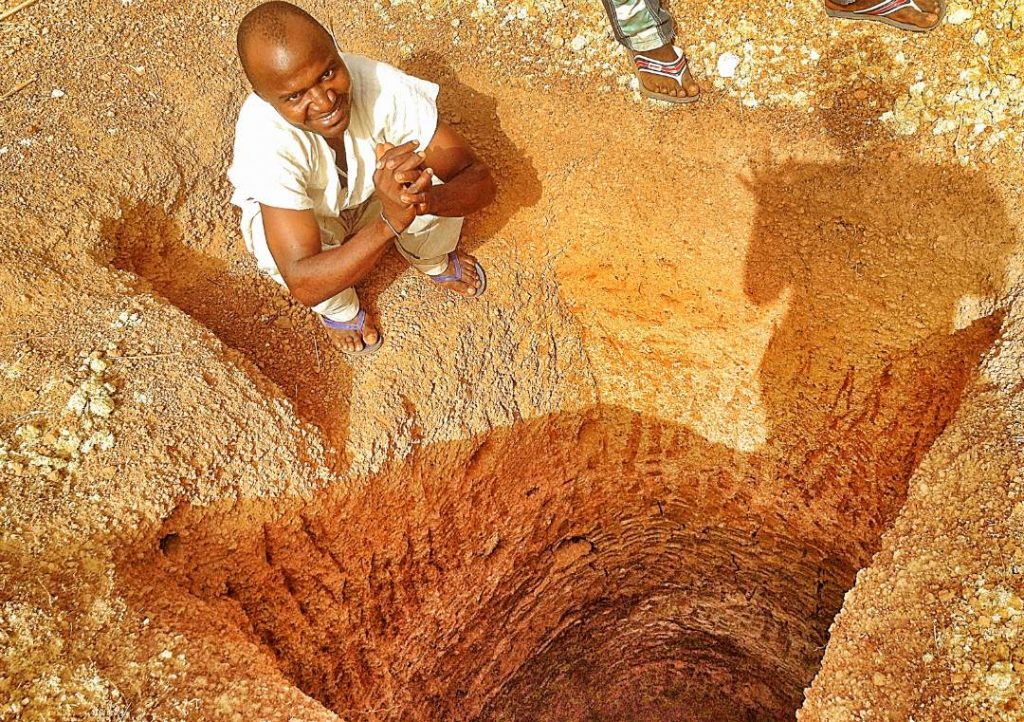This project has been completed under the direction of Peace Corps Volunteer Alia Kroos.
To read about the beginning of the project, CLICK HERE.
Alia Reports:
The communities have been the driving force for this project from the very beginning. They were the ones to initially propose the project and seek out ways to find funding. Village members took the initiative to organize multiple town meetings concerning the project framework, coordinated with the local mason to survey the community concerning latrine interest, and proposed that all villagers dig and build their own latrines with the materials provided by outside funding. Each community fundraised a portion of the money to pay for this project, which is extremely impressive in small subsistence agricultural communities where excess funds are very difficult to come by. The villages’ willingness to save what limited funds they have shows not only the importance of this project, but also the determination of the community to make it happen.

In total 21 latrines were successfully constructed, using appropriate materials, by professional contractors. This ensures that latrines will last and provide a long-term sanitary source for the village. If any repairs are needed the communities have agreed to pool resources in order to purchase these materials in the same way that they pooled resources for part of the original construction of the latrines. The sanitation training will create lasting knowledge for the community and will help to spread this information throughout local communities.
We faced some challenges when some of the initial villages asked for more latrines than they were willing or able to dig. After six months of waiting for two of the communities to secure the ten percent contribution and dig the latrine holes it was determined that it would be more beneficial to move the funds to other more motivated communities. These new communities were highly motivated and quickly raised the money and dug the holes. The shifting required additional community contributions for transportation of materials, which they graciously covered. This allowed the total number of latrines constructed to remain as proposed.
The villages involved were incredibly grateful and motivated. Two of the villages dug the latrines far deeper to ensure they would service the village for many years. Another village built structures around the latrine for privacy and cleanliness. The villages overcame political differences and derived a plan to locate each of the latrines to ensure each neighborhood had access and were a community, not individual, resource. This project generated a lot of interests in surrounding areas as well. The depth and construction techniques used suggest lasting results and illustrates a sense of value and ownership.
On behalf of the community, and everyone involved in the project, I would like to thank you for assisting us.
Water Charity would like to thank Alia for completing this worthy project.
